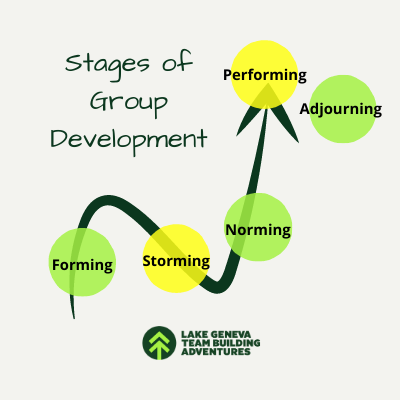Teamwork is a learned skill, and like any skill, it grows with practice. A good coach offers guidance and encouragement by following the playbooks of people who know the game best.
In 1965, Bruce W. Tuckman published a model of small group development based on his research of teams. His first publication identified four stages, with a fifth stage added in a revision with Mary Ann Conover Jensen in 1977. This model has remained relevant through more than five decades since its publication. Its purposefulness comes its simplicity. Tuckman and his fellow researchers described team effectiveness at each stages A graphed visual representation clearly shows team effectiveness over time.

So, what does this mean?
When teams first form, they can expect to ride an initial high wave of commitment and energy resulting in successes. Teams with members who are both adept at their job and skilled in team work may spend a longer time in this stage than a team with members who need skill development in either area. Regardless of how skilled a team is at the start, there comes a time when views differ and complications arise. Although the storming stage sees friction build and a drop in team effectiveness, it is not inherently a ‘negative’ stage. Imagine moving into a new home and putting your furniture into all the empty rooms. The house is now furnished, what a success! As you continue to unpack and settle in, the layout of the furniture adjusts. When you know more about the space you have to operate within, and the people with which you share the space, adjustments are inevitable. Eventually, resources and routines find a working order as the team develops a set of norms. Team effectiveness increases and the team can perform optimally. Don’t let the linear description of this model fool you. Teams may ride a wave of storming into norming only to storm again.
Now, what can you do?
Forming: Celebrate initial successes. Observe your team’s interactions and results. Keep what works and change what does not. Enjoy the fist wave and prepare for growth.
Storming: In addition to lack of effectiveness, storming teams may exhibit lack of trust or confidence, low energy, and difficulty in interpersonal relationships. Accept these areas of friction as opportunities to address concerns and find creative solutions.
Norming: Position team members in roles best suited to their strengths. Cultivate unity through open communication and a focus on cooperation.
Performing: Stable structures and commitment from team members generate successes. Stable doesn’t mean static. Trees that sway in the storm stay standing while rigid trees snap. Stay aware and flexible.
Adjourning: Endings come to team’s in different forms. Intentional ends come when teams complete a project and move on from each other. Reflect on your time together and offer gratitude. Unintended ends may come when a team member leaves or another joins. Changes in team members may bring a team back to the forming stage.
Remember, teamwork comes from practice. The more you practice, the more effective you become.



